Pre-Fabricated Tiny Home Houses
Disclaimer: Content Features Links That Pay Us Commissions at No Extra Cost to You
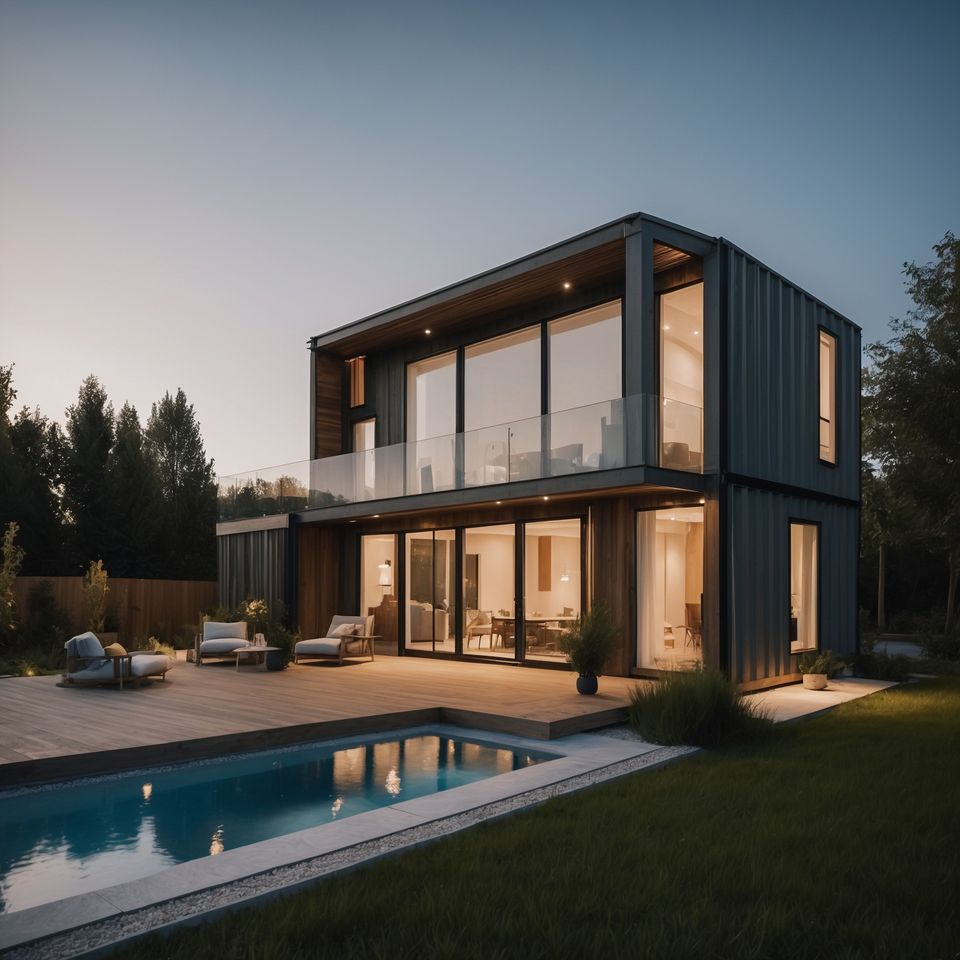
Why Choose A Prefabricated
Tiny Home House
Prefabricated tiny homes represent the pinnacle of efficiency and modern design, offering a streamlined approach to acquiring a new home without the prolonged timelines and unpredictabilities often associated with traditional construction. Here are several compelling reasons why a prefabricated tiny house is an excellent choice.
Speed of Construction
One of the most significant advantages of prefabricated tiny homes is their quick assembly time. These homes are constructed in a controlled factory setting, where weather delays are non-issues and materials are protected from the elements. This means that from the initial order to moving day, the timeline is drastically reduced. In many cases, a prefabricated tiny home can be ready in a matter of weeks, allowing you to enjoy your new living space sooner.
Cost-Effectiveness
Prefabricated tiny homes are often more budget-friendly compared to traditional homes. The controlled environment of a factory reduces waste significantly, and the precision of assembly leads to fewer construction errors and material overruns. Additionally, the compact size of tiny homes naturally requires fewer materials, which can substantially lower the overall cost.
Eco-Friendly
Living Opting for a prefabricated tiny home is a step towards sustainable living. These homes are designed with efficiency in mind, utilizing advanced technologies to reduce energy consumption and incorporating eco-friendly materials that minimize environmental impact. The smaller footprint of a tiny home also means less disturbance to the land, preserving the natural setting around your home.
Customization
Despite their streamlined construction process, prefabricated tiny homes offer a variety of customization options. Manufacturers typically provide a range of layouts and finishes, allowing you to tailor your space to your personal tastes and needs. Whether you are looking for a minimalist aesthetic or a fully equipped, high-tech residence, prefabricated tiny homes can be designed to meet your specific desires.
Durability
Manufactured in a factory setting, prefabricated tiny homes are built to meet strict standards for durability and safety. The construction process includes rigorous checks and balances that ensure each home is built to withstand both transport to your site and years of use. This method of building produces a structurally sound home that rivals traditional construction in terms of longevity and resilience.
As you can see, prefabricated tiny homes offer a unique blend of affordability, convenience, and quality that makes them a superior choice for anyone looking to embrace a simpler, more sustainable way of living. Whether you are downsizing, seeking a secondary residence, or just starting out, a prefabricated tiny home provides all the comforts and efficiency of modern living in a compact, customizable package.
The Average Cost of a Tiny Home is $67,000
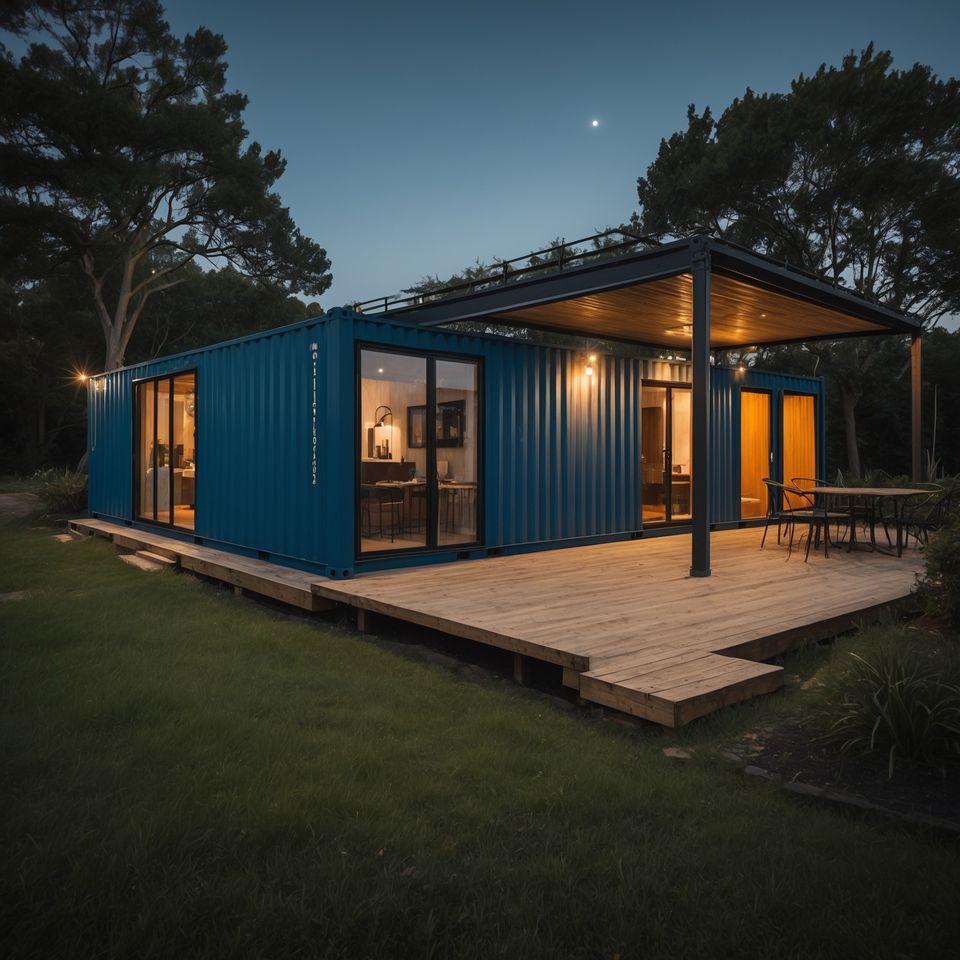
The Process of Ordering and Acquiring
A Prefabricated Tiny Home
The journey to owning a prefabricated tiny home is an exciting endeavor that combines customization with convenience. Here is a step-by-step guide to understanding how you can order and acquire your own prefabricated tiny home.
Step 1. Design and Customization
The first step in acquiring a prefabricated tiny home is selecting a design that fits your needs and personalizing it to your taste. Most manufacturers offer a range of base models that can be customized in various ways. You can choose layouts, materials, finishes, and even energy solutions. This stage often involves consultations with designers or using online tools provided by the manufacturer to visualize and tweak your tiny home's design.
Step 2. Financing and Approval
Once you have settled on a design, the next step is securing financing if necessary. Some manufacturers offer financing options, or you may need to arrange this through external lenders. Alongside financing, you’ll also need to ensure that all local zoning laws and building codes are met. It’s essential to obtain all necessary permits to avoid legal issues down the road.
Step 3. Manufacturing
After finalizing the design and securing financing and permits, the manufacturing process begins. Your tiny home will be constructed in a controlled factory setting, ensuring high quality and adherence to all specifications. This phase includes the building of the structure, installation of plumbing and electrical systems, and the integration of any custom features you have chosen.
Step 4. Site Preparation
While your home is being built, you can prepare the site where it will be placed. This involves clearing the land, laying foundations (if required), and ensuring that utilities like water, electricity, and sewage are properly set up. Site preparation varies significantly based on location and the type of tiny home you are installing.
Step 5. Delivery and Installation
Once your tiny home is completed and the site is ready, the home will be transported to your property. Delivery involves careful planning to ensure the route can accommodate the transport and that the home is securely placed upon arrival. Installation may require a crane and a professional crew to position the home on its foundation and make all necessary connections to utilities.
Step 6. Final Touches and Move-In
After the home is installed, final inspections by local authorities may be required to ensure everything complies with local building codes. Once approved, you can proceed with the final touches, such as external landscaping and interior decoration. After these steps, your new tiny home is ready for you to move in and start enjoying your new, simplified lifestyle.
56% of Tiny Home Owners Use Them As Their Primary Residence
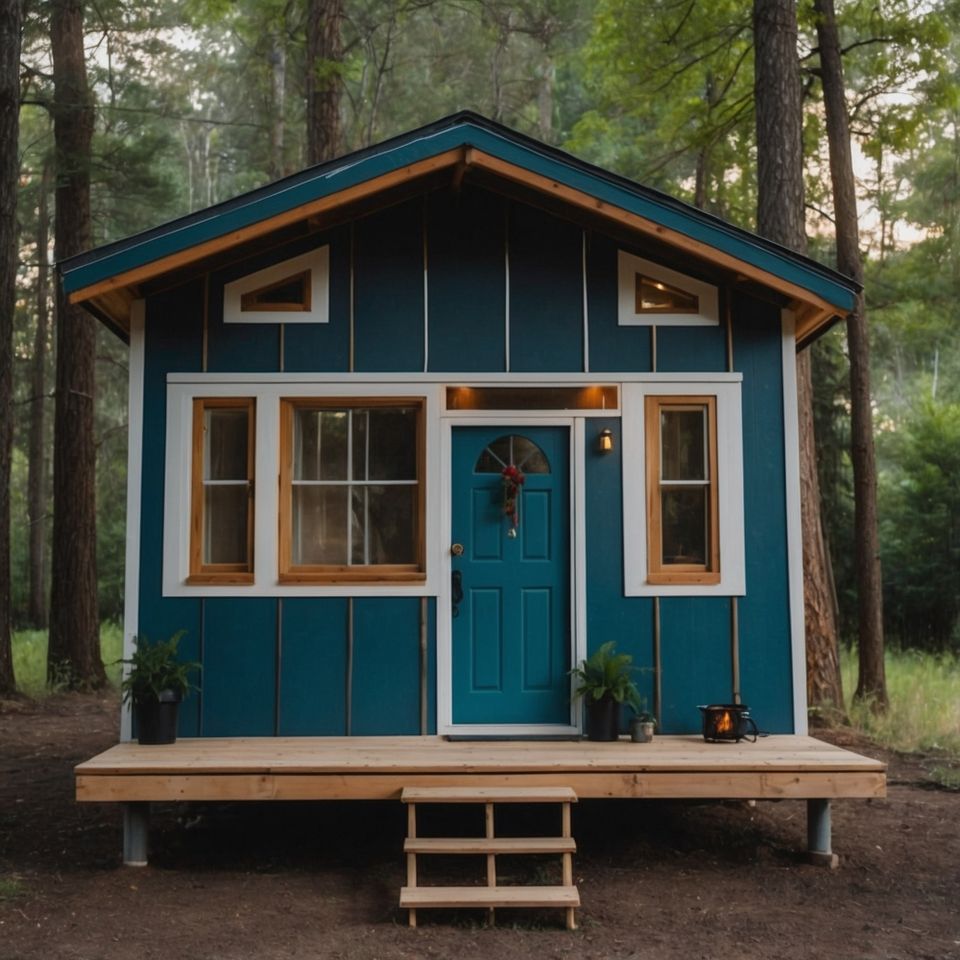
Cost-Effectiveness
Of a Prefabricated Home
Prefabricated tiny homes are renowned not just for their convenience and style but also for their cost-effectiveness. This affordability is one of the key reasons why many people opt for this housing solution. Here is a breakdown of how prefabricated tiny homes save on costs:
1. Reduced Construction Time
The faster construction time of prefabricated homes significantly reduces labor costs. Traditional home building involves lengthy periods of construction on-site, which can lead to higher labor charges over time. In contrast, the assembly-line efficiency in a factory setting of prefabricated homes streamlines the building process, minimizing labor expenses and reducing the overall cost of the home.
2. Less Material Waste
Prefab homes are built in a controlled environment, which allows for precise material management and usage. This precision reduces waste significantly as materials are ordered in bulk and utilized more efficiently. Less waste not only means lower costs but also contributes to the environmental sustainability of the building process.
3. Bulk Material
Purchases Manufacturers of prefabricated homes often purchase materials in large quantities, benefiting from bulk pricing that lowers the cost per unit. These savings are typically passed on to the buyer, making prefabricated homes more affordable than their traditional counterparts, where materials are often bought in smaller quantities at higher prices.
4. Energy Efficiency
Prefabricated tiny homes are generally built with modern, high-quality materials that are selected for durability and energy efficiency. The tight construction standards help in reducing air infiltration and thermal bridging, which in turn lowers heating and cooling costs. Many prefabricated homes come equipped with energy-efficient appliances and fixtures, further reducing the monthly expenses for homeowners.
5. Reduced On-Site Work
Since prefabricated homes are mostly completed before they arrive at the building site, the cost and time associated with on-site labor and construction are significantly lowered. This reduction in on-site work not only speeds up the overall process of acquiring a home but also cuts down costs related to construction delays and extended site management.
6. Predictable Pricing
With prefabricated homes, the pricing is often established up front. The controlled environment of factory production minimizes the chances of unexpected costs arising from project delays, bad weather, or other common issues faced in traditional construction. This predictability in pricing helps in better financial planning and loan management.
North America is Expected to Contribute 57%
of the Growth in Tiny Homes by 2027
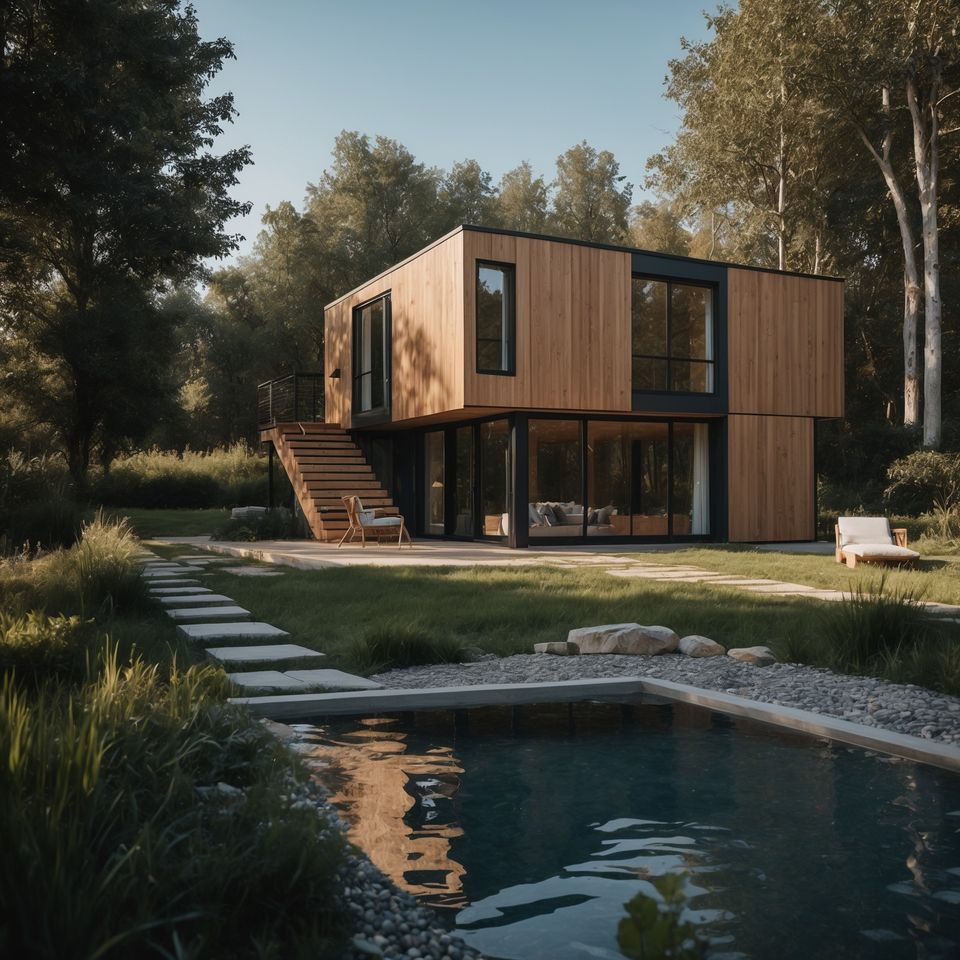
Low-Maintenance
of Prefabricated Tiny Homes
Prefabricated tiny homes are designed not only for comfort and efficiency but also with a focus on low maintenance and sustainable living. These aspects are increasingly important as more individuals seek out lifestyles that are both eco-friendly and easy to manage. Here’s how prefabricated tiny homes meet these criteria:
Durable Materials
Prefabricated tiny homes are constructed with modern, high-quality materials that are selected for both durability and performance. These materials are often more resistant to environmental stressors such as moisture, mold, and pests compared to traditional building materials. This durability translates into lower maintenance costs and less frequent repairs over the life of the home.
Simplified Systems
The compact nature of tiny homes means fewer plumbing and electrical systems, and less surface area to maintain. This simplicity reduces the time and expense needed for general upkeep. Additionally, many prefabricated tiny homes are designed with innovative storage solutions and minimalist interior designs that further reduce the need for maintenance.
Quality Control
Since prefabricated homes are built in a controlled factory setting, they undergo stringent quality checks throughout the construction process. This controlled environment ensures that every aspect of the home meets high standards, significantly reducing the likelihood of defects that could require costly repairs later on.
Factory-Built Homes Cost an Average of $72 Per Square Foot,
Compared to $114 Per Square Foot for Site-Built Homes
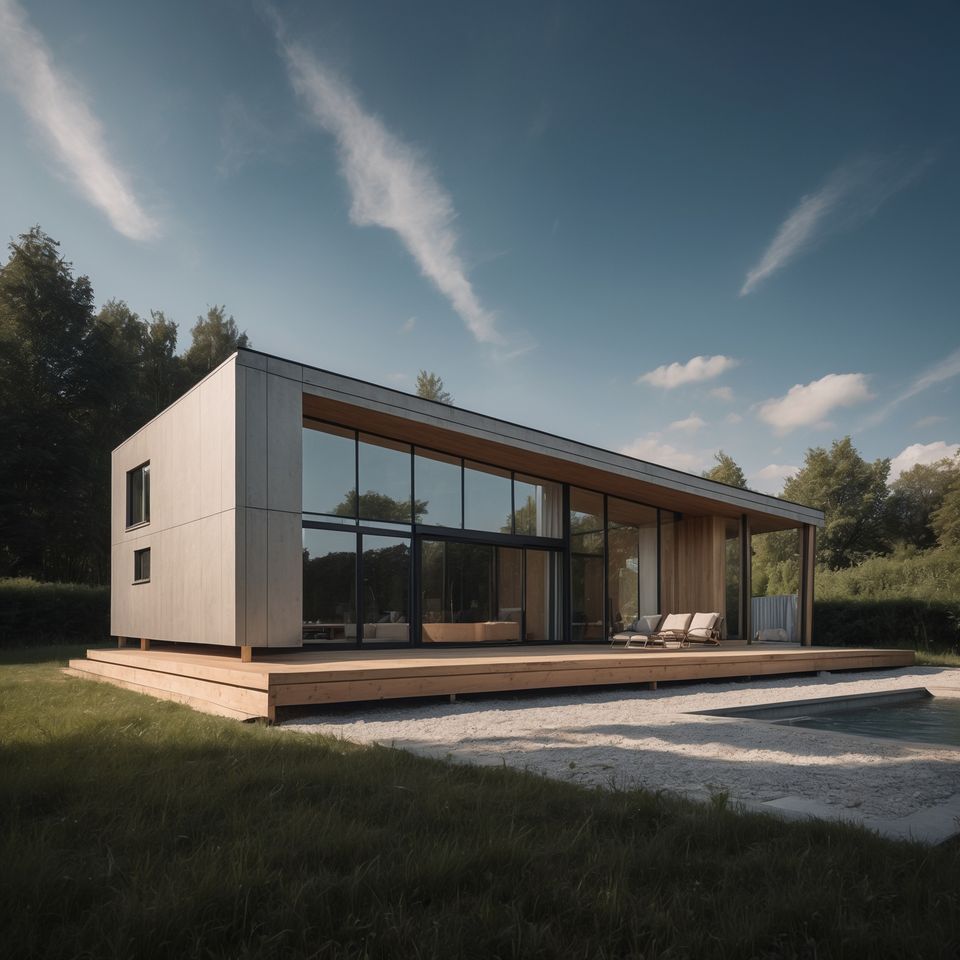
Sustainability
of Prefabricated Tiny Homes
Prefabricated tiny homes offer a high degree of sustainability, making them an ideal choice for individuals looking to reduce their ecological footprint. These homes provide a practical and environmentally responsible solution for modern living, embodying the principles of simplicity and sustainability in every aspect.
Energy Efficiency
One of the hallmark features of prefabricated tiny homes is their energy efficiency. These homes are often equipped with advanced insulation materials, energy-efficient windows, and tight construction that minimizes heat loss. Additionally, many incorporate renewable energy sources such as solar panels, which reduce reliance on non-renewable energy and decrease utility bills.
Reduced Resource Consumption
The small footprint of tiny homes inherently requires less material and energy to build. This reduction extends to the day-to-day operations of the home, where less energy and water are consumed compared to larger homes. The efficient use of resources is a key component of sustainable living, helping to preserve environmental health and reduce the homeowner’s carbon footprint.
Eco-Friendly Materials
Many manufacturers of prefabricated tiny homes prioritize the use of sustainable and recycled materials. From reclaimed wood to recycled metal and glass, these materials not only reduce the environmental impact of the building process but also contribute to the overall sustainability of the home.
Land Impact
Tiny homes can be placed on a smaller plot of land, which significantly reduces the disturbance to the existing landscape. This smaller land requirement allows for more green space to be preserved, which benefits local wildlife and helps maintain natural ecosystems.
